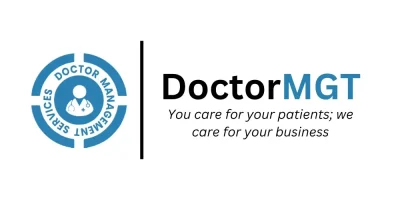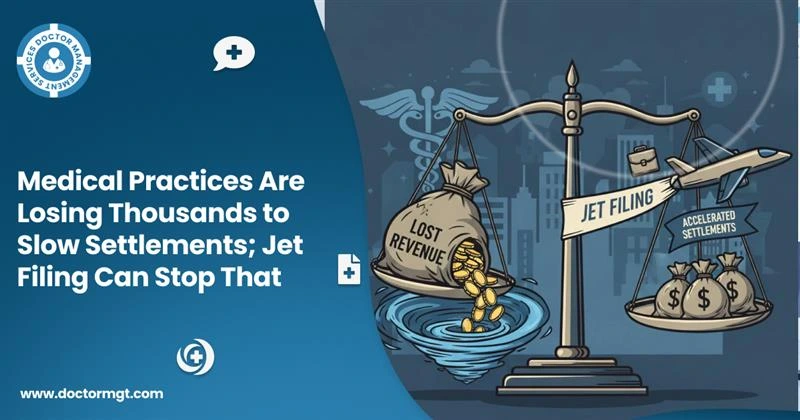In the healthcare industry patient schedule management is not just a luxury but rather a necessity for all the practices. Managing appointments or schedules is quite crucial in impacting patient satisfaction or experience, the productivity of the healthcare practice, and the financial health of practices.
Scheduling appointments is one of the challenging activities that many providers face because it requires considering the preferences of the patients as well as providers. It can also be very frustrating especially when you have to arrange appointments, manage facilities to respond to the patient’s needs and the worst part is when the patient is late or never shows up. It ruins providers entire time. Here no show up means a waste of time and yes you guessed it – money.
This blog focuses on one of the most significant aspects of patient experience, which is scheduling, and provides tips on the best ways to adapt.
The Importance of Patient Scheduling
Scheduling of patients is a fundamental aspect of healthcare since it determines diverse aspects within the medical field. Scheduling practically guarantees that all patients attain the right care at the right time and at the same time manage a physician’s time and resources efficiently.
On the other hand, poor scheduling is a recipe for disaster in patient care experience since it will result in long waiting hours, low patient satisfaction, and pressure on medical staff.
1. Enhancing Patient Satisfaction
When it comes to things that matter most to healthcare, it is important to embrace patient satisfaction within the competitive field. Research indicates that the length of waiting time is a major cause of patient complaints. In the study, the Medical Group Management Association (MGMA) in 2023 revealed that 35% of patients complained about the personalized experience including waiting time.
The reduction of time between services means that sufficient hours for various services and appointments will be provided, and a waiting list will decrease, implying great patient satisfaction and increased retention of patients.
2. Optimizing Resource Utilization
A well-coordinated schedule assists in efficiently using time and ensuring optimal utilization of examination rooms, medical equipment, or staff, for instance. Overbooked schedules can result in bottlenecks and resource shortages, while if the schedules are under–booked, it will lead to the wastage of some resources.
Scheduling assists in sharing and distributing the workload equally to make sure that it does not overload resources, while it does not leave resources idle.
3. Improving Financial Performance
Scheduling also has a strong correlation with the aspect of financial performance. Lack of effective scheduling means that the service provider is likely to miss appointments or have a high no-show rate, and therefore; more revenue loss.
HFMA survey in 2022 revealed that practices with bad schedule management witnessed up to 20% of missed appointments erasing a practice’s cash flow. Considering the identified patterns, the practices that would not find time for patients’ appointments could significantly decrease the rate of no-show patients as well as have better financial performances.
5 Best Practices for Effective Patient Scheduling
To harness the benefits of effective patient scheduling, consider implementing the following best practices:
1. Utilize Advanced Scheduling Software
Today many different types of scheduling software have significantly changed the process of appointment management. Sophisticated schedulers not only help to automate the planning of doctor time but also are integrated into EHR and come with options like alerting and real-time schedule updates.
For instance, there are Appointment Scheduling Services in California, and they are using modern technologies to improve scheduling hence could be of great help to practices intending to transform their services. Advanced scheduling also possesses the analytics component, for showing, for instance, the time when the office is at its busiest, and how many patients fail to show up to the appointment. Thus, this kind of data can be highly useful for various decision-making processes which refer to staffing and providing resources.
2. Implement Automated Reminders and Follow-Ups
Holistically, the use of automated reminders and follow-ups are some of the effective ways of minimizing the rate of no-shows. The large number of patients accompanied by organized lists offers facilities to remind the patients through calls, messages, or even emails to help eliminate postponements.
A 2023 review from the Journal of Medical Practice Management revealed that automated reminders are effective in reducing no-show rates by up to 30%. These reminders can also be personalized making it possible to give patients important preparatory information regarding their visit to the clinic. The idea of including follow-up reminders to reschedule canceled appointments has a positive impact on patients and minimizes large gaps of time between appointments.
3. Offer Flexible Scheduling Options
One of its strengths is the availability to work flexible hours that can help meet patient requirements. The availability of such schedules as evenings and weekends will allow us to serve patients with different schedules and make the services more available. Through appointment bookings and rescheduling flexibility, virtual medical assistant companies are therefore proving instrumental in timely arrangements, especially after office hours.
Such implementation can also extend an opportunity to choose telemedicine for some of the appointments and increase the convenience of sick persons, especially those who are physically restricted or who have limited time.
4. Train Staff on Scheduling Best Practices
Consistent staff training is vital in making sure that scheduling practices meet the required organizational standards. Employers expect administrative staff to be proficient in operating the scheduler and interacting politely with patients. Staff education meetings can assist the personnel to become aware of best practices like handling cancellations of appointments, availability of classes in the schedules, and dealing with patients’ concerns.
However, equipping the staff with the necessary skills to handle challenging details regarding scheduling can go a long way toward minimizing mistakes. This way, a well-trained team helps not only in managing the flow of patients during shifts or working hours’ peaks and fluctuations but also in providing a smooth patient flow.
5. Monitor and Analyze Scheduling Metrics
Cautious tracking and evaluation of scheduling data may help to reveal the efficiency of the scheduling system. Data like waiting time for appointments, patients’ no-show percentages, and rating scores should be internally monitored to assess possibly problematic areas.
Thus, these metrics can help practices apply data-driven solutions to improve scheduling based on obstacles that are frequently experienced. For instance, if scheduling data shows that patients are always absent frequently on specific days, then relevant changes can be made to scheduling patterns to match with the patient’s calendar.
Wrapping Up
Patient scheduling is one of the essential factors in the operation of the health facility that determines patients’ satisfaction, resource consumption, and revenue. Hence adopting the best practices like using advanced scheduling software, automated reminders, flexible scheduling options, staff training, and analyzing scheduling audits, medical practices can improve their operational effectiveness and patient outcomes.
For Doctors in the USA seeking to enhance their scheduling practices, the services of Appointment Scheduling Services in California, Virtual Medical Assistant companies can assist in delivering the needed enhancements.
Implementing such strategies will not only help to meet set goals concerning the needs of patients within hospitals besides contributing to the enhancement of the overall experience for both patients within the facility and the members of the staff.







